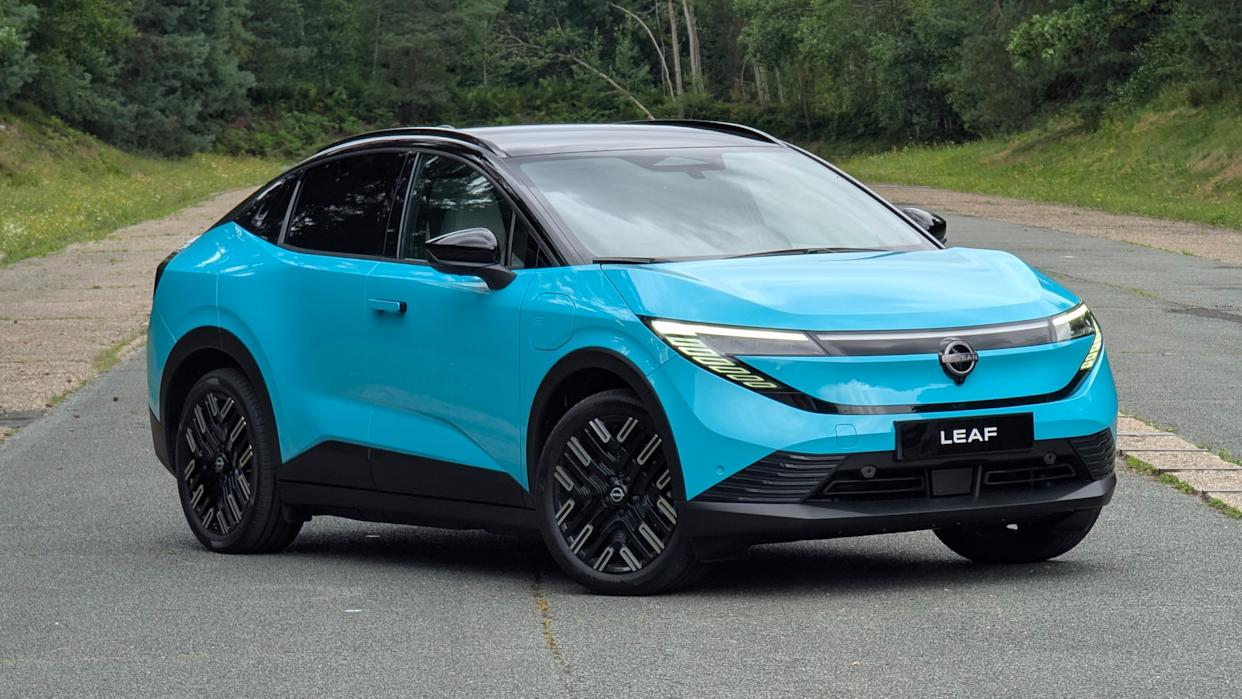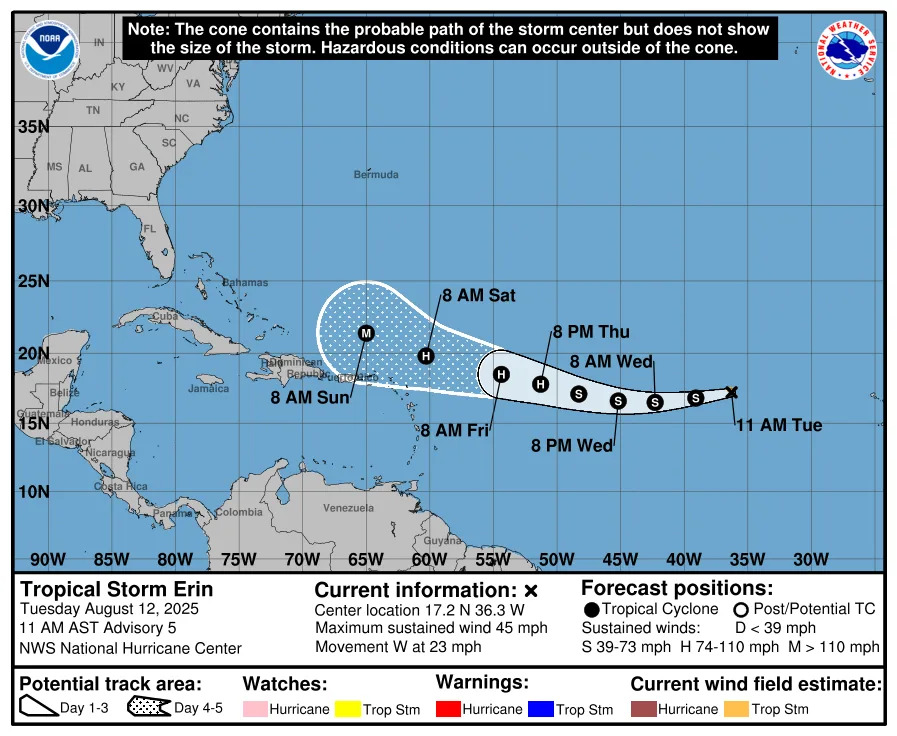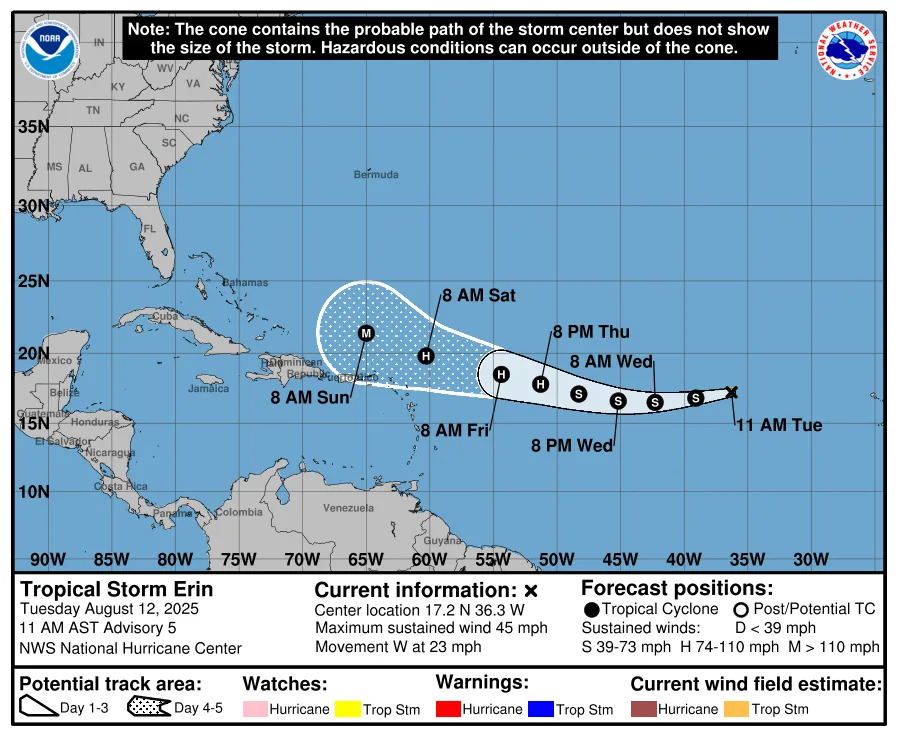
Nissan, a first mover in battery-electric vehicles, is counting on its longest running BEV nameplate to help it regain lost ground in a segment it once owned.
The third-generation Leaf is very different from the first-generation car that debuted in 2010. That model had a hatchback body style, a range of less than 200 km (124 miles) and a handful of rivals.
There are now more than 300 BEVs on sale in Europe, according to registration data from market researcher Dataforce.
The new Leaf has a crossover body style, a range of more than 600 km (373 miles). It also has a battery that can add 400 km of range in just 30 minutes on a fast charger.
Nissan will start delivering the BEV to customers in Europe in spring 2026. Nissan has not announced prices yet for the Leaf, which will be built at its factory in Sunderland, England.
The automaker invested £423 million ($570 million) to upgrade the plant, with the aim of building up to 100,000 new Leafs a year.
The Leaf is underpinned by the Renault-Nissan alliance’s CMF-EV platform, which is shared with the Nissan Ariya midsize electric crossover as well as the E-Tech versions of the Renault Megane and Scenic.
Since 2010 Nissan has sold about 700,000 Leafs globally. More than 270,000 Leafs were built in the U.K. from 2013 until production of the second-generation car stopped in March 2024 to prepare for the third generation.
The third-generation Leaf is shorter but wider and taller than the previous generation but its overhauled aerodynamics give it a better drag coefficient.
The new Leaf is 4350-mm long, 1810-mm wide and 1550-mm tall and has a 0.25 drag coefficient. The current model is 4490-mm long, 1788-mm wide and 1540-mm tall with a 0.28 drag coefficient.
The new Leaf has a low nose and a sloping roofline to help airflow hug the body, which ends in a high tail. It was designed by Nissan studio in Atsugi, Japan.
The new Leaf will be offered with a range of electric motor and lithium-ion battery configurations.
The entry version has a 52-kilowatt-hour battery coupled with a 130-kW (177-hp) electric motor. It accelerates from 0 to 100 kph (62 mph) in 8.6 seconds. Nissan said this model’s power consumption is homologated for 14 kW per 100 km, which translates into a maximum WLTP-certified range of 436 km and a highway range of 224 km in highway driving at constant speed of 130 kph.
The Leaf’s top version has a 75 kWh-battery paired with a 160-kW (218-hp) motor and accelerates from 0 to 100 kph in 7.6 seconds. Nissan said it uses 14.2 kW per 100 km, but because of the bigger battery the maximum WLTP range is 604 km and 330 km on highway at speeds up to 130 kph.
The top speed for both versions is 160 kph top speed.
The entry version comes standard with a 7.4-kW onboard charger. An 11 kW onboard charge is an option. Maximum DC charging is 105 kW, which means it takes 30 minutes to increase the battery pack from 20 percent to 80 percent, which would add 277 km of range.
The top version comes standard with the 11-kW onboard charger and maximum DC charging of 150 kW. That means a 30-minute recharge from 20 to 80 percent would add 417 km of range.
The first Leaf had a choice of a 24 or 30 kWh battery pack and a range of about 160 km. The second-generation car’s battery packs were 40 and 60 kWh, with a top range of 340 km.
A monolith-style display combines dual 14.3-inch screens in the Leaf.
Nissan’s design team curated a choice of five background themes for the screens, including a new Engawa design. The Japanese Engawa philosophy, which is often applied in architecture, seeks to create seamless transition between interior and exterior spaces, blurring their boundaries.
The third-generation Leaf features a suite of advanced driver assistance systems, including the new 3D Intelligent Around View Monitor, which provides multiple virtual vantage points around the vehicle, an Invisible Hood View and a Front Wide View that helps the driver see past parked cars, buildings and other obstacles.
It has a Google-maps based Intelligent Route Planner, which provides real-time route information, state of charge and information about nearly locations.
One of four BEVs in two years
The Leaf is one of four new BEVs that Nissan will launch before 2027.
The Leaf will be preceded on the market by the new Micra, which goes on sale in France from October.
Next year Nissan will debut a new, electric-only Juke small SUV, which will be built in the U.K. alongside the Arya and Leaf in the U.K.
The fourth model, which is due in late 2026, will be a full-electric minicar based on the Renault Twingo. Renault will build both cars at its plant in Novo Mesto, Slovenia. Renault sister brand Dacia will also get a version of the car.
Nissan sales in Europe declined by 5.4 percent in the first half to 165,901 in a market that was down by 1.1 percent. The Qashqai compact crossover was Nissan’s bestseller with a volume of 78,397, leaving it ahead of the Juke (51,592) and X-Trail midsize SUV (19,620), according to Dataforce.







Comments